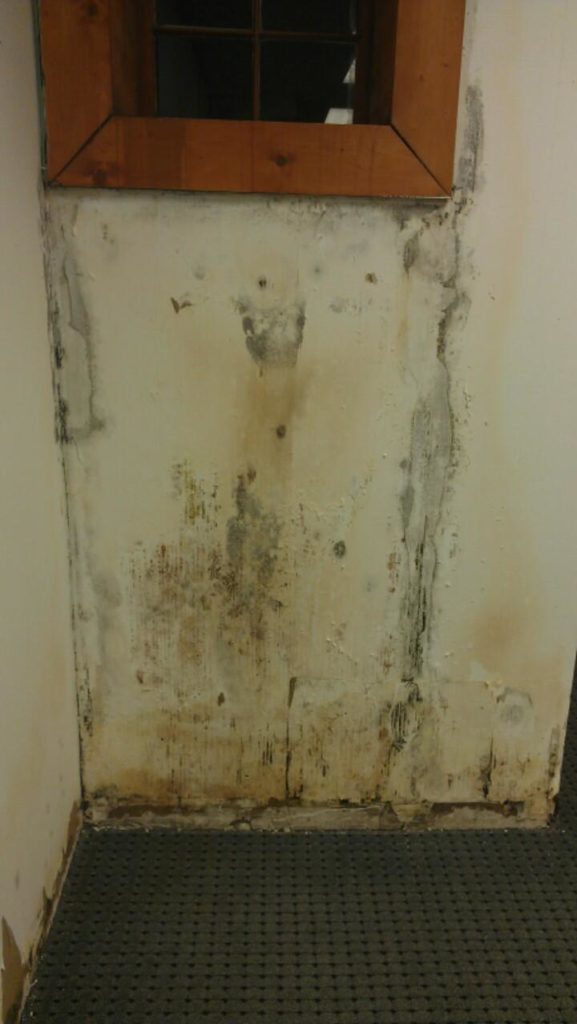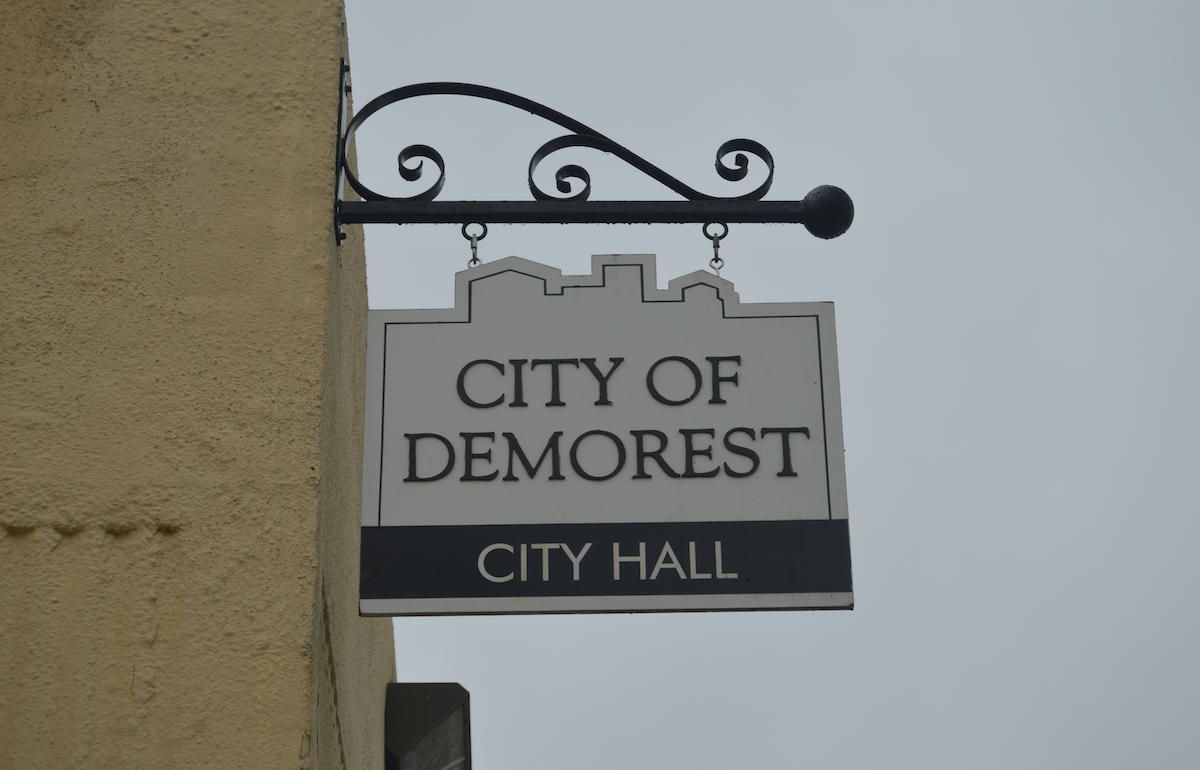BY SABRINA PAGE, Contributing Writer
Students report that mold continues to be a problem in Wallace Hall.
According to Wallace residemts, there are several spots located on the bathroom tiles and spots on the floor of the shower.
These spots are dark brown with some white discharge. Some have a glossy look when wet and the others have a crusty texture when dry.
The mold spots located on the tile walls inside the bathroom are tiny brown and black circles.
Cases of student sickness leave residents questioning if the mold is really being taken care of.
“I don’t like the fact that every time I step into the shower, I have to step in mold,” said Alexandra Green, a mass communications major.
Some Wallace residents speculate that the mold is not only growing inside of the bathrooms, but living inside of the air vents, according to Catherine Moore, a sophomore English major.
“My suitemate has mold in her vent, and it is making her sick. We don’t have as many problems in our shower as much as everyone else; we also have an issue with flies,” said Moore.
When asked to respond to this issue, Assistant Vice President for Administrative Services Parks Miller stated by email, “The Navigator published an article on this subject last semester; we addressed the issue at that time.”
There are many kinds of mold. According to the National Institute of Environmental Health Sciences, “Symptoms stemming from mold spores are nasal and sinus congestion, blurred vision, eye irritation, sore throat, cough and skin rashes.”
According to OSHA, mold is likely to grow where there is water damage, high humidity, or dampness.
According to the Center for Disease control, “In 2004 the Institute of Medicine found there was sufficient evidence to link indoor exposure to mold with upper respiratory tract symptoms, cough, and wheeze in otherwise healthy people.”
In May 2011, then-Navigator reporter Tara Keilholtz performed a do-it-yourself mold test inside of Wallace.
The results confirmed that mold was in fact growing inside of the building.
Keilholtz’s story was published in the May 3, 2011 issue of the Navigator.
In Keilholtz’s article, she wrote, “The most infamous of these molds is mainly associated with poor indoor air quality after fungal growth on a water-damaged building.”
Then-Assistant Dean of Student Development, Mark Maynard, responded to Keilholtz story, “We [Residence Life] are working to get the situation worked out. This year we have done everything in our power to help Wallace.”
That was almost three years ago.
There are no federal laws in Georgia that mandate colleges to eradicate mold in a certain amount of time.
“I would really like to see a change in our living facilities. We should be provided cleaner environments for the amount of tuition we pay. My health is important to me, just as it is for every other student who lives inside of Wallace,” said Green.
















